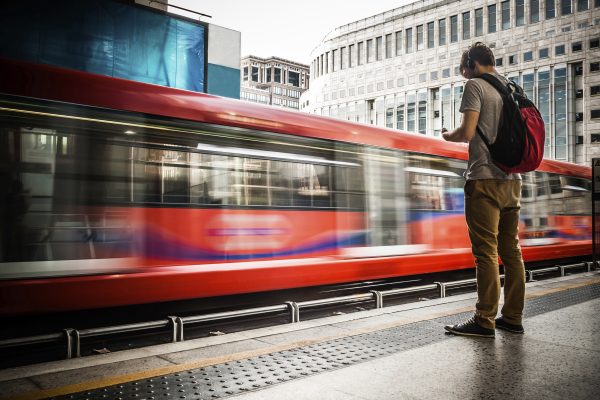It’s tempting to think television coverage is the pinnacle of any PR campaign. But TV isn’t right for all news (just as all news isn’t right for TV). There are opportunities out there, however. You just need to know what to pitch, when to pitch and how.
Next time you find yourself wondering how to get on TV, remember the journalist’s mantra: “We’re trying to source interesting news stories. You’re trying to get coverage for your company, product or brand.” The challenge is to ensure your story meets both aims. This is true of all media, but never more so than with television.
Do you think your story is right for TV? Because they only have limited airtime, TV journalists are very selective about the stories they report. This means you need to be just as ruthless. First, consider whether there is a strong visual angle. As Geoff White, Technology Producer at Channel 4 News, said recently: “The most important thing when approaching a TV news journalist is pictures – what are we going to point the camera at?” The next concern is whether your story is impactful: brevity is all when it comes to TV news, where a typical report is between one and two minutes long.
It may sound obvious, but the material needs to be people-focused too. Footage of buildings, machinery or even moving vehicles is dull: people are interested in other people, and TV footage needs a spokesperson and preferably a dynamic background that is relevant to the story.
Television cannot be seen to promote a particular product or brand, so reports often focus on case studies. This means you should think about the wider implications of your story – how people will use the product or who will benefit from your services.
Build relationships. Take the time to watch the programmes you’re targeting and identify the journalist who covers your subject area. Don’t discount regional TV either – they obviously need a local angle but your story is often more likely to be covered because it won’t have to compete with national news. Also, the journalists may be more open to building a relationship with your organisation, which can lead to future exposure.
Once confident in your content, brief the spokesperson on how to talk to the media and ensure they’re fully conversant with the facts of the story, contact the journalist by email or Twitter (highlight the key aspects of the story and the filming opportunities, but do also prepare a press release, as they may ask to see it for background). Then be prepared to be as accommodating as possible.
TV clips are usually pre-recorded, rarely live, which could mean doing a quick piece to camera early on the morning of a media launch so it can air on the lunchtime news. And bear in mind the media will always seek to present a balanced story, so expect that yours won’t be the only view included in the report.
When it comes to breaking news, the broadcast media likes to get the story first so the day’s schedule can be planned. This is where recording your own video footage can pay dividends – the BBC often uses YouTube clips – but do make sure you work with a reputable production company to avoid the dangers of DIY.
If you’re prepared to think carefully about the needs of the broadcast media and work with reporters to help them get good footage, you’re more likely to get the coverage you want. For more help with creating your media plan, tailoring news effectively and building the right journalist relationships, contact us today.







